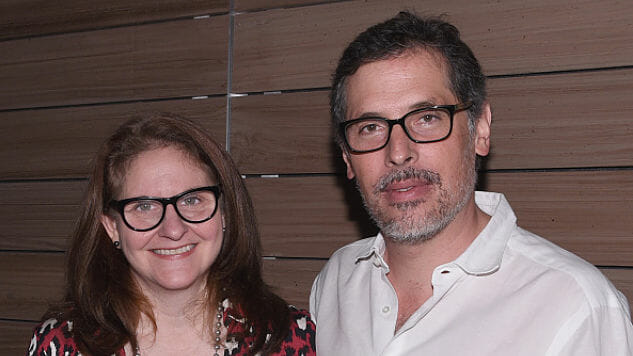Silence Cinematographer Rodrigo Prieto to Move to the Director’s Chair with Bastard
Photos by Andrew H. Walker/Getty, Matt Winkelmeyer/Getty
Martin Scorsese’s Silence doesn’t merely tell a story of religious persecution in 17th-century Japan—it sears the experience into viewers’ minds, an effect achieved in large part through the film’s images. An agonizing scene where Japanese Christians are tortured while hanging on crosses is shot from a distance, creating a sense of remove that simultaneously foregrounds the scene’s visual similarity to historical images of Christ’s crucifixion (which the persecutors are intentionally mocking precisely through using crosses and arranging them in this way) and articulates the viewer’s position when this scene occurs at the start of the film: centuries removed from the events of the film but soon to be brought excruciatingly close to the characters’ suffering. Later in the movie, disturbing distance is replaced with harrowing intimacy via close-ups that register faces contorted in unspeakable pain.
-

-

-

-

-

-

-

-

-

-

-

-

-

-

-

-

-

-

-

-

-

-

-

-

-

-

-

-

-

-

-

-

-

-

-

-

-

-

-

-








































